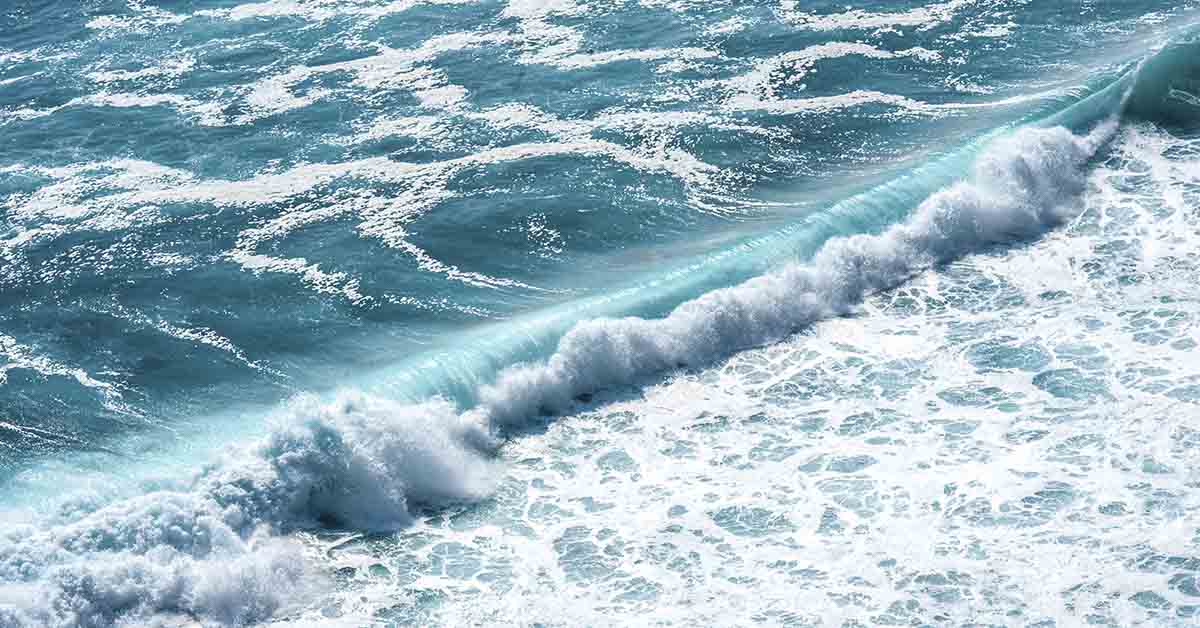It is understood that our electronics could soon run on ultra-cheap sea salt batteries. This has been shown by researchers who recently built a new and inexpensive battery. The battery has around four times the energy storage that was previously the capacity of Lithium, and is made using sodium and sulfur. It is a form of molten salt that can be processed easily through seawater. [1]
Goes without saying, the battery is extremely environmentally friendly, as well as low-cost than the other existing options. This invention could definitely turn out to be a breakthrough for most renewable energy. The lead researcher of the project, Dr. Shenlong Zhao from the University of Sydney, agrees. The researcher claimed, “Our sodium battery has the potential to dramatically reduce costs while providing four times as much storage capacity as Lithium. This is a significant breakthrough for renewable energy development which, although reduces costs in the long term, has had several financial barriers to entry.”[2]
Sea-Salt Batteries Can Be The Replacement For Expensive Lithium Batteries
It is quite necessary that the new batteries that are being made be absolutely renewable. This is why it is a big achievement that the new sea-salt batteries are created from energy that will not be harming the environment. With climate change, there is a definite urgency to switch completely to renewable energy sources like solar and wind energy. But it also must be understood that renewable sources of energy are not really as consistent as other sources. These include batteries – as they would also have to store the electricity someplace. This is why most batteries are usually created with rare earth metals like graphite, lithium, and cobalt.

In order to truly achieve climate neutrality, the European Union has stated that it would be requiring 18 times more lithium than it currently needs by 2030. The proportion will increase to 60 times more by 2050. The President of the European Commission, Ursula von der Leyen, did state in September that, “Lithium and rare earths will soon be more important than oil and gas.” As it turns out, there is a big price to pay for such rare metals. The extraction of Lithium usually results in a loss of biodiversity, water shortages, damage to the ecosystem, and the degradation of the soil. It has been well-documented that when the metal is created through evaporation ponds, it takes around 2.2 million liters in order to create just one metric tonne. [3]
The Prior Issues Of Sodium-Sulphur Batteries Have Been Resolved
In such a precarious scenario, the usage of sea salt batteries made from sodium sulfur can offer a reprieve. Interestingly, sodium-sulfur batteries have existed for more than 50 years now. Unfortunately, they have always been seen as an inferior alternative. The widespread use of such batteries has been widely limited by short life cycles, as well as a low energy capacity. But the problems seem to have been negated by using a simple process of pyrolysis, and carbon-based electrodes in order to drastically improve the reactivity of sulfur.
The processes have also managed to reverse the reactions between sodium and sulfur. The researchers’ battery has managed to completely remove the sluggish reputation that it had. As such, it has been exhibiting electricity that is super-high. It also stays for a considerably long period of time at room temperature.
Speaking about the sea-salt batteries, Dr. Zhao further mentioned, “Our sodium battery has the potential to dramatically reduce costs while providing four times as much storage capacity. This is a significant breakthrough for renewable energy development which, although reduces costs in the long term, has had several financial barriers to entry. When the sun isn’t shining and the breeze isn’t blowing, we need high-quality storage solutions that don’t cost the Earth and are easily accessible on a local or regional level.
We hope that by providing a technology that reduces costs we can sooner reach a clean energy horizon. It probably goes without saying but the faster we can decarbonize- the better chances we have of capping warming. Storage solutions that are manufactured using plentiful resources like sodium- which can be processed from sea water- also have the potential to guarantee greater energy security more broadly and allow more countries to join the shift towards decarbonization.”[4]
Keep Reading: World’s First Home Hydrogen Battery Powers Your House for 3 Days, is Recyclable, and Not a Fire Risk
Sources
- “New tech’s potential to significantly reduce energy storage costs.” University of Sydney. Low Luisa. December 7, 2022.
- “Atomically Dispersed Dual-Site Cathode with a Record High Sulfur Mass Loading for High-Performance Room-Temperature Sodium–Sulfur Batteries.” Wiley. Bin-Wei Zhang, et al. October 29, 2022.
- “Cheap sodium-sulfur battery boasts 4x the capacity of lithium-ion.” New Atlas. Nick Lavars. December 8, 2022.
- “‘Significant breakthrough’: This new sea salt battery has 4 times the capacity of lithium.” Euronews. Charlotte Elton. December 14, 2022.

